Yoga Blog
Mastering Ashtanga Yoga: A Dynamic Path to Strength and Serenity
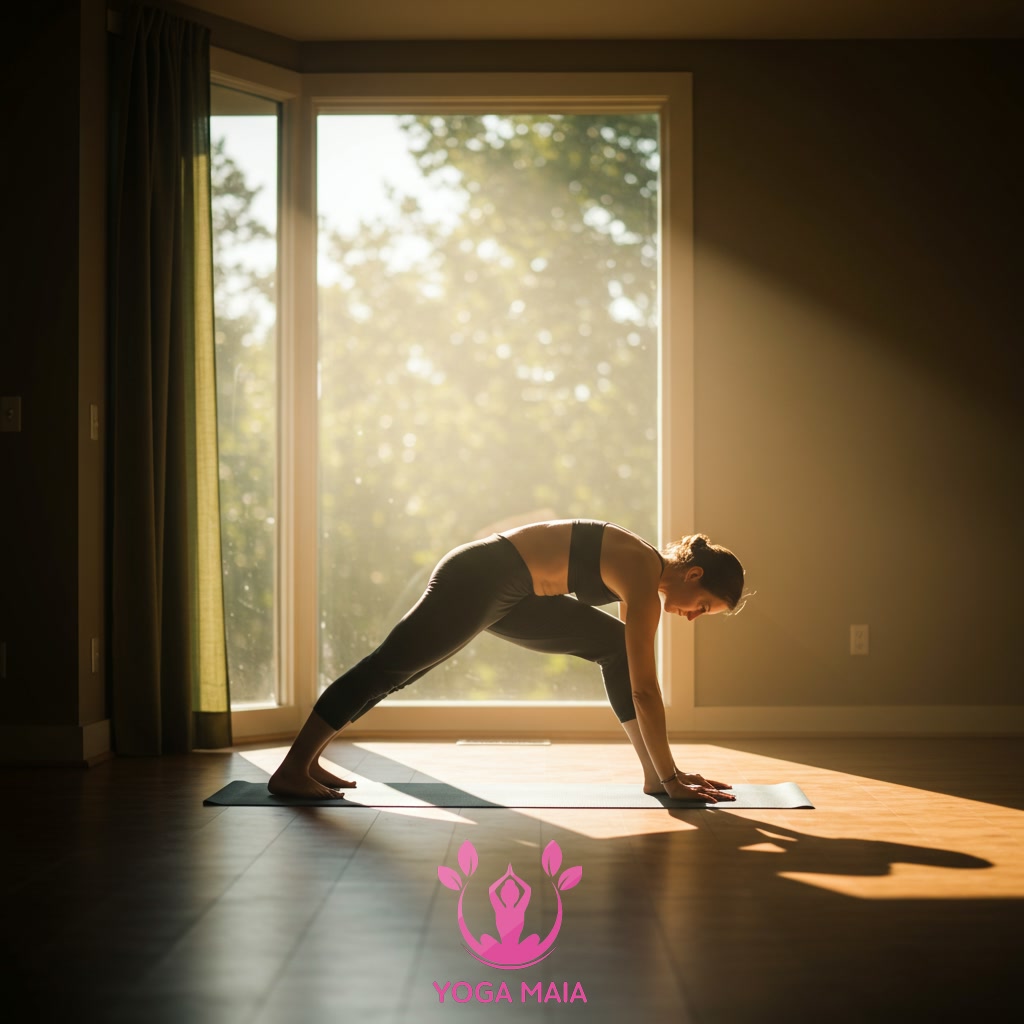
This document explores mastering Ashtanga yoga, presenting it as a dynamic practice. It outlines a path focused on building both physical strength and cultivating inner serenity through dedicated effort. Engaging with this specific style of yoga offers profound benefits for practitioners seeking a rigorous yet calming discipline. The content delves into the techniques and principles required to achieve proficiency in this powerful form of yoga.
Table of Contents
- Section 1: The Essence of Ashtanga Yoga: A Dynamic Path
- Section 2: Foundational Principles: Vinyasa, Tristhana, and Breath
- Section 3: Exploring the Ashtanga Series: Structure and Progression
- Section 4: Cultivating Physical Strength and Flexibility
- Section 5: Finding Inner Serenity and Focus
- Section 6: The Path to Mastery: Consistency and Dedication
Section 1: The Essence of Ashtanga Yoga: A Dynamic Path
The essence of Ashtanga yoga lies in its dynamic, flowing sequence of postures, synchronized with breath. This practice, rooted in the teachings of Sri K. Pattabhi Jois, is a physically demanding yet deeply meditative discipline. Unlike some other yoga styles, Ashtanga follows a strict, prescribed order of poses (asana) linked together by specific transitional movements (vinyasa). The continuous movement, combined with controlled breathing (ujjayi) and internal energy locks (bandhas), generates internal heat, purifying the body and calming the mind. This dynamic approach builds significant physical strength, flexibility, and stamina, while the focus on breath and movement cultivates profound concentration and inner awareness, paving a path towards self-transformation and serenity.
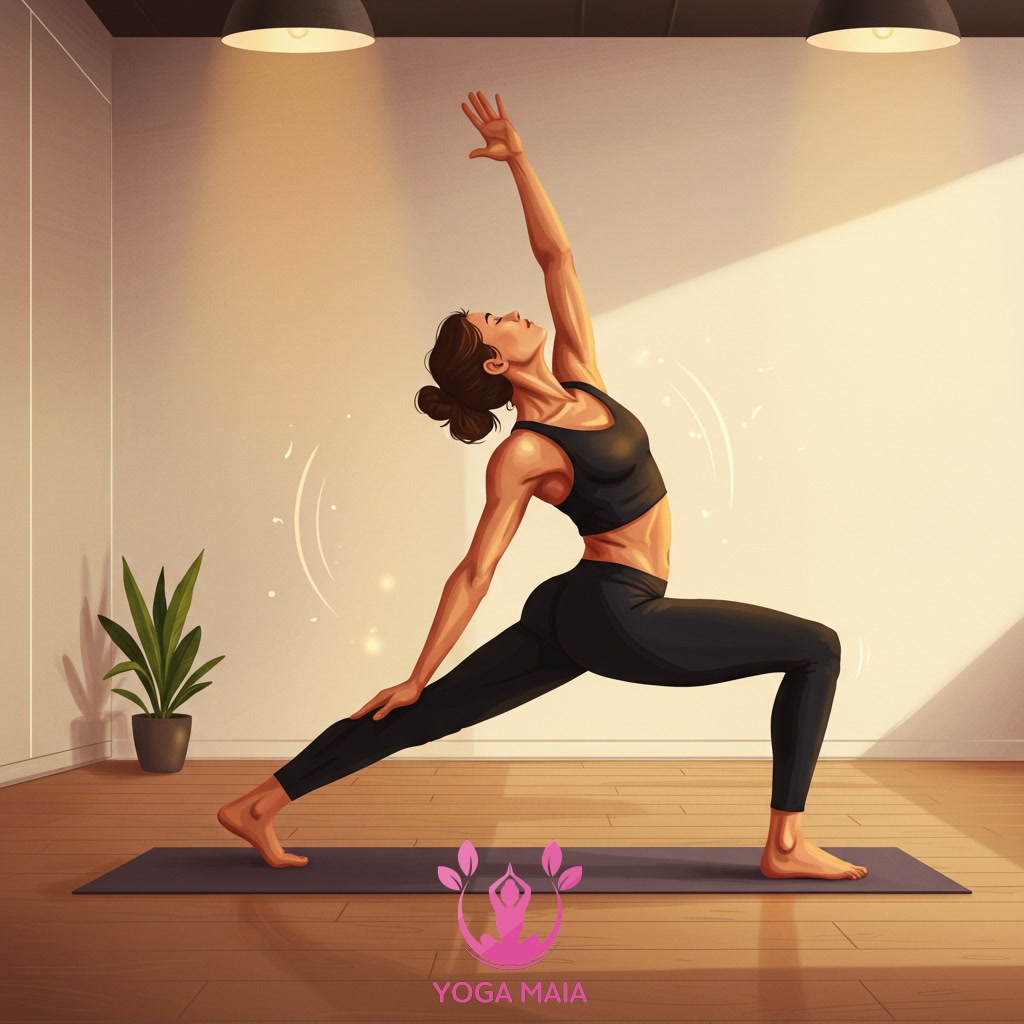 The Essence of Ashtanga Yoga: A Dynamic Path
The Essence of Ashtanga Yoga: A Dynamic Path
Section 2: Foundational Principles: Vinyasa, Tristhana, and Breath
At the heart of Ashtanga yoga lie three foundational principles: Vinyasa, Tristhana, and breath. Vinyasa is the system of linking movement with breath, creating a continuous flow between postures. Each movement, whether entering or exiting an asana, is synchronized with either an inhalation or an exhalation, building internal heat and purifying the body. Tristhana refers to the three points of focus: posture (asana), breathing system (pranayama, specifically Ujjayi breath), and gazing point (drishti). Maintaining awareness on these three points simultaneously during practice cultivates deep concentration and a meditative state, moving beyond mere physical exercise towards a profound internal discipline. The specific Ujjayi breath, characterized by a soft oceanic sound in the throat, is central, regulating the pace of the practice and drawing the mind inward.
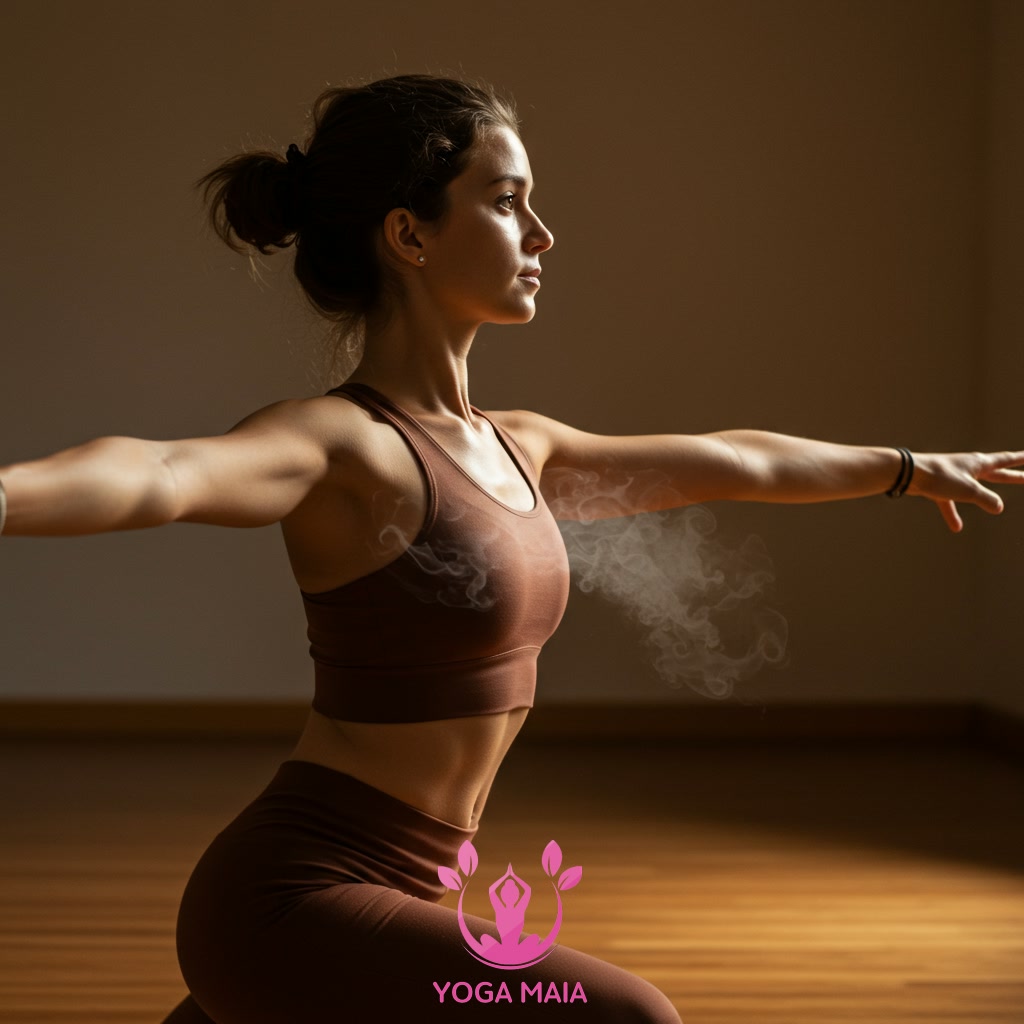 Foundational Principles: Vinyasa, Tristhana, and Breath
Foundational Principles: Vinyasa, Tristhana, and Breath
Section 3: Exploring the Ashtanga Series: Structure and Progression
Building upon the foundational principles of Vinyasa, Tristhana, and breath control, the Ashtanga system is structured around a fixed sequence of postures, known as the Ashtanga Yoga Series. There are several series, beginning with the Primary Series (Yoga Chikitsa, or yoga therapy), which focuses on aligning the body and building strength and flexibility. Following the Primary Series are the Intermediate Series (Nadi Shodhana, or nerve purification) and several Advanced Series (Sthira Bhaga, or divine stability). Progression through these series is traditionally guided by a teacher, with students mastering each pose and sequence before being given the ‘next’ pose or series. This systematic approach ensures a deep understanding and embodiment of the practice, fostering both physical proficiency and mental discipline as practitioners move through increasingly challenging sequences.
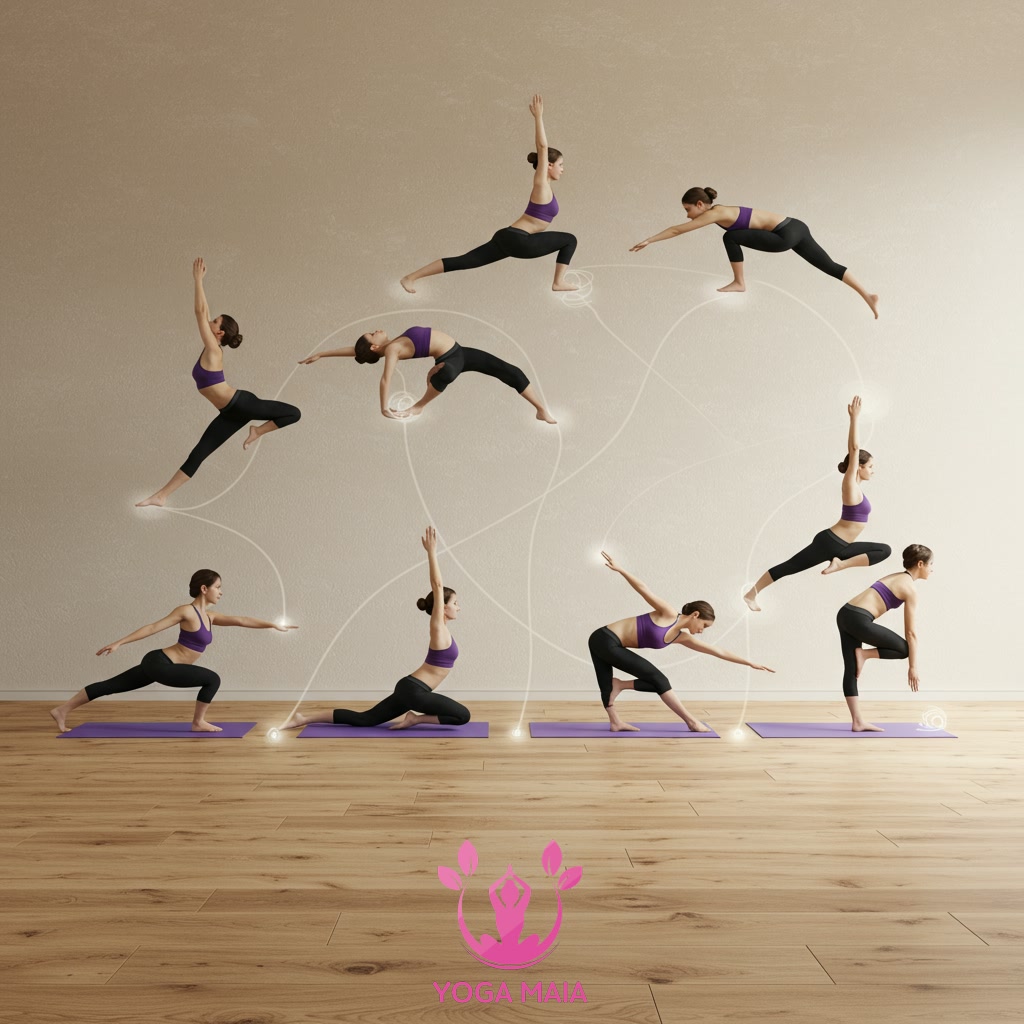 Exploring the Ashtanga Series: Structure and Progression
Exploring the Ashtanga Series: Structure and Progression
Section 4: Cultivating Physical Strength and Flexibility
Building upon the foundational principles of Vinyasa, Tristhana, and breath control, the Ashtanga system is structured around a fixed sequence of postures, known as the Ashtanga Yoga Series. There are primary, intermediate, and advanced series. The consistent practice of these sequences is the core mechanism for cultivating both physical strength and flexibility. The dynamic flow (Vinyasa) between postures builds muscular endurance and cardiovascular capacity, while holding specific poses stretches connective tissues and gradually increases range of motion. This disciplined repetition challenges the body to adapt, becoming stronger and more pliable over time, laying the physical groundwork necessary for deeper practice and inner focus.
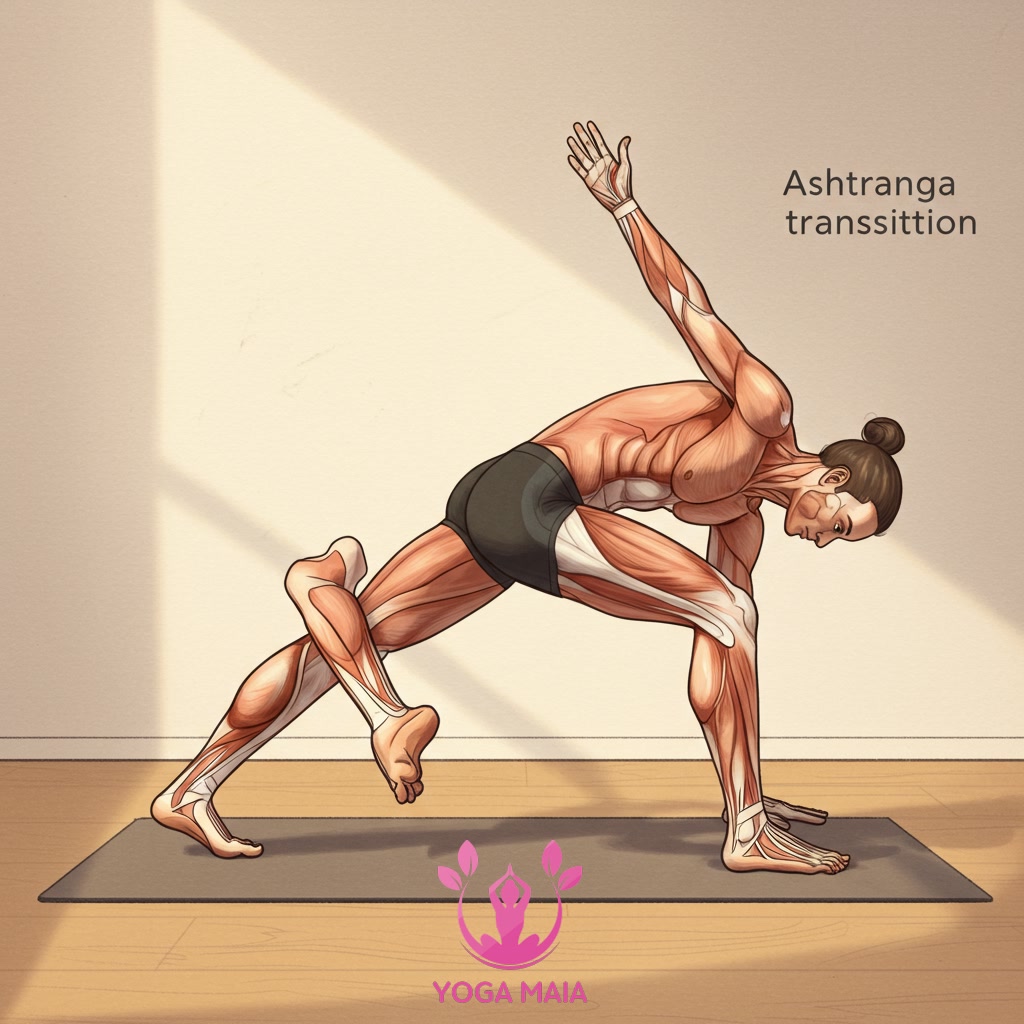 Cultivating Physical Strength and Flexibility
Cultivating Physical Strength and Flexibility
Section 5: Finding Inner Serenity and Focus
Transitioning from the structured physical sequences, the true mastery in Ashtanga yoga lies in cultivating inner serenity and unwavering focus. While the dynamic flow and demanding postures build physical strength, the simultaneous practice of Ujjayi breath and Drishti (gazing point) forms a powerful meditative core. By coordinating movement with breath and directing the gaze, practitioners anchor their awareness firmly in the present moment. This intense concentration on the internal experience naturally quiets the restless fluctuations of the mind, creating a state of calm clarity. Overcoming physical challenges within the practice also builds mental resilience and discipline, fostering a sense of inner peace derived from sustained effort and mindful presence. This dedicated attention transforms the physical exercise into a profound journey towards mental tranquility and sharpened focus.
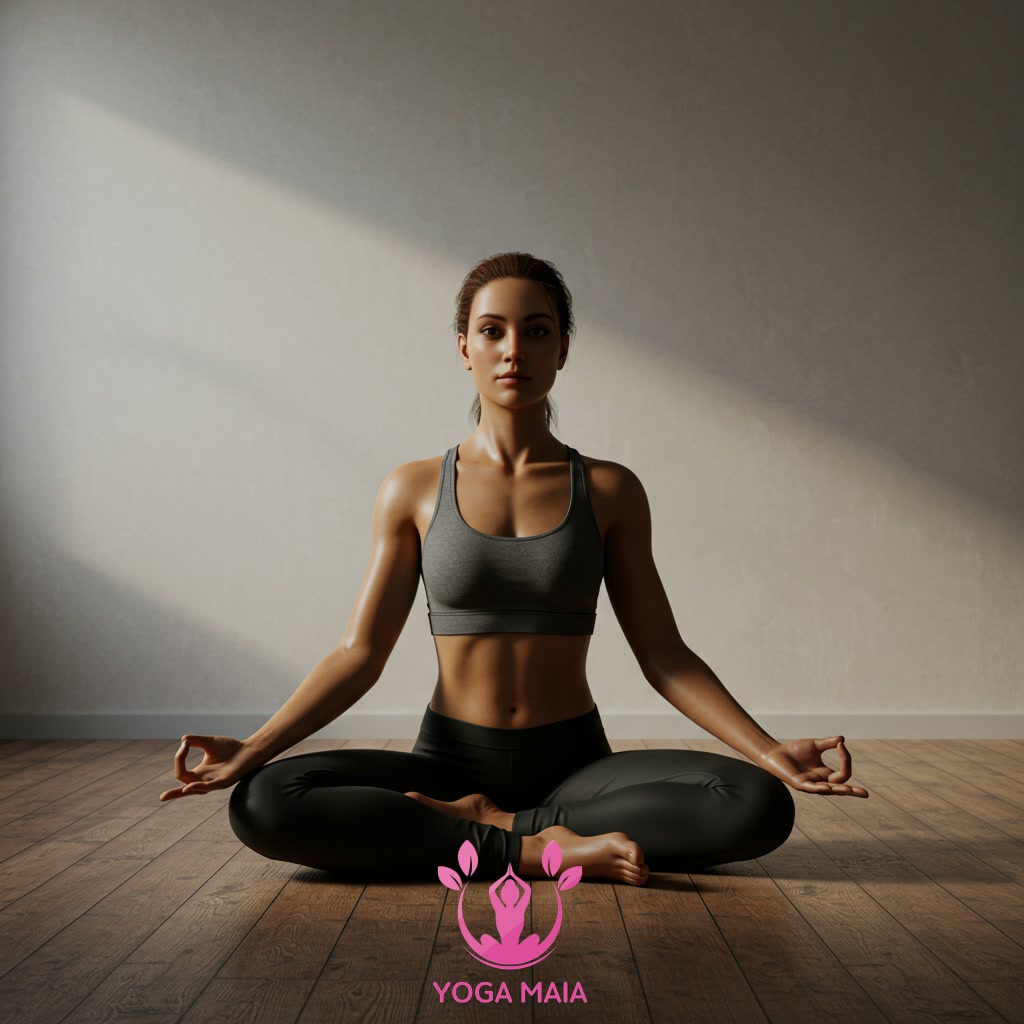 Finding Inner Serenity and Focus
Finding Inner Serenity and Focus
Section 6: The Path to Mastery: Consistency and Dedication
Following the idea of cultivating inner serenity and focus, the path to truly mastering Ashtanga yoga is fundamentally built upon unwavering consistency and dedicated effort. It is not simply about executing postures perfectly from the outset, but rather about the discipline of showing up on the mat day after day. This regular, committed practice, even when challenging or uninspiring, is what gradually strengthens both the physical body and the mental resolve. Through consistent repetition of the sequence, the mind learns to quieten, focus deepens, and the subtle energetic aspects of the practice become more accessible. Dedication transforms the physical routine into a profound journey of self-discovery and inner transformation, leading to genuine proficiency and the integration of yoga principles into daily life.
 The Path to Mastery: Consistency and Dedication
The Path to Mastery: Consistency and Dedication












